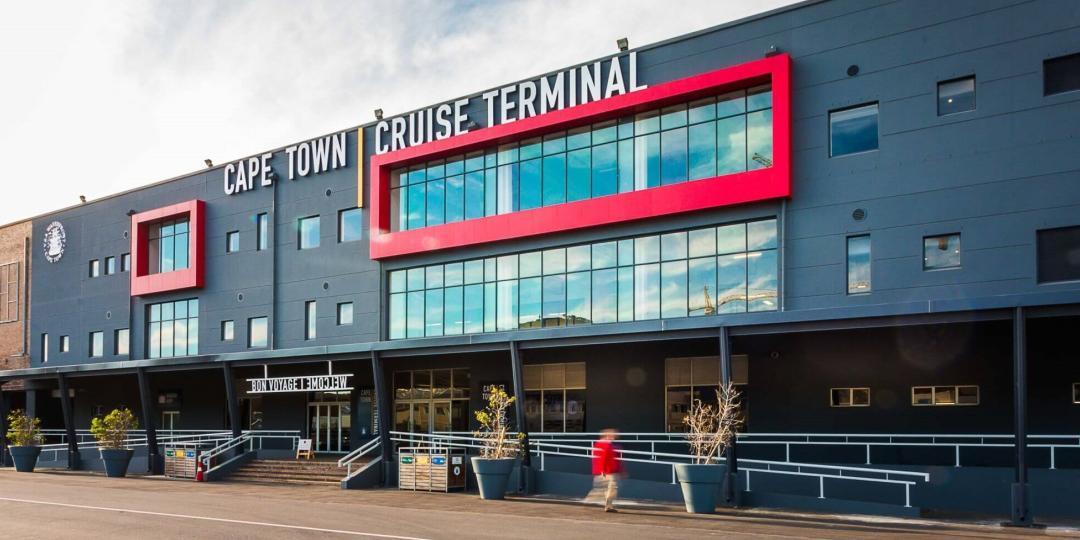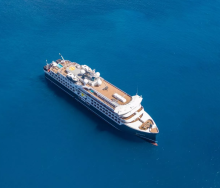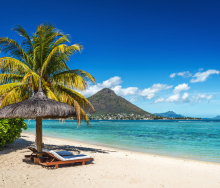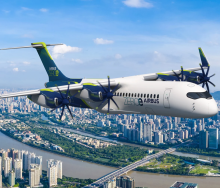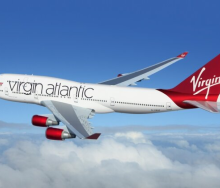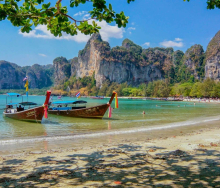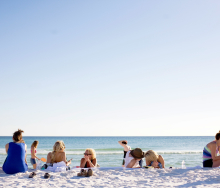South Africa’s tourism authorities are keenly focused on the cruise sector for growth, and two key trends could present opportunities or obstacles in the Western Cape.
According to an economic impact report released by Cruise Cape Town, cruising contributed R1,2bn to the Western Cape economy in 2022/3, with significant room for growth.
Speaking at the recent launch of the report, Monika Iuel, Chief Marketing Officer of Wesgro, said expedition cruises were a significant cruise trend, presenting “low hanging fruit” for the Western Cape.
She said the cruises were traditionally smaller, carrying about 400 to 600 passengers who “have seen and done it all”.
“They’re not interested in bog-standard experiences. They want to see something fresh.” She added that those cruisers took social responsibility very seriously. These ships also host scientists, photographers, and artists on board, adding to the experience for guests.
According to a 2022 report by the Cruise Lines International Association, interest in expedition cruising has reached an all-time high, with the number of passengers on these ships doubling between 2016 and 2022.
While Arctic expedition cruises are among the most popular, they are largely undertaken in the short Arctic summer, and operators are on the hunt for new destinations and itineraries. Canadian Quark Expeditions, and Australian Coral Expeditions are among the expedition operators confirmed for the Western Cape for the 2023/4 season. The National Geographic Resolution, operated by Lindblad Cruises, has also recently announced a Cape-to-Cape cruise, departing from the Cape Horn in South America, and ending at the Cape of Good Hope, taking in remote islands and adventures along the way.
Cruise Cape Town attended the Seatrade Europe convention in Hamburg for the first time to take advantage of the opportunities presented by this trend and showcase the Western Cape cruise offering. They also hosted 12 tour operators on a trip to Gansbaai, Hermanus, Struisbaai and Mossel Bay to showcase facilities and offerings, and to promote socio-economic sustainability concepts.
Growth in vessel size
Iuel said the other major international cruise trend was the growth in size of vessels.
“Ships are getting bigger, longer and deeper with more passengers on board. From an infrastructure point of view, we aren’t really ready for that,” she said.
Cape Town has played host to some of the world’s biggest ships, including the Queen Mary 2, earlier this year. However, cruise liners have grown consistently over the years as operators race to build bigger, better ships to grab a bigger slice of the global cruise industry pie, which generates an annual $150 billion (R2,8 trillion) in economic activity, according to data from the Cruise Lines International Association.
Royal Caribbean International’s The Wonder of the Seas, which is currently ranked as the world’s largest cruise ship, is 362 metres long, 64 metres wide and carries nearly 7 000 people. When it sets sail next year, the Icon of the Seas will break this record. It is 365 metres long, and can accommodate almost 8 000 passengers and crew. For comparison, the Titanic, once considered the largest ship in the world, was 269 metres long.
Some ports, however, are unwilling or unable to keep up with the growth of the ships. In 2021, Italy introduced measures to ban large cruise ships in Venice's lagoon to protect the site. French Polynesia has also recently taken the decision to bar massive cruise ships carrying more than 3 500 passengers, while ships with more than 2 500 passengers on board will only be able to call at specific docks that have the infrastructure to deal with them.
